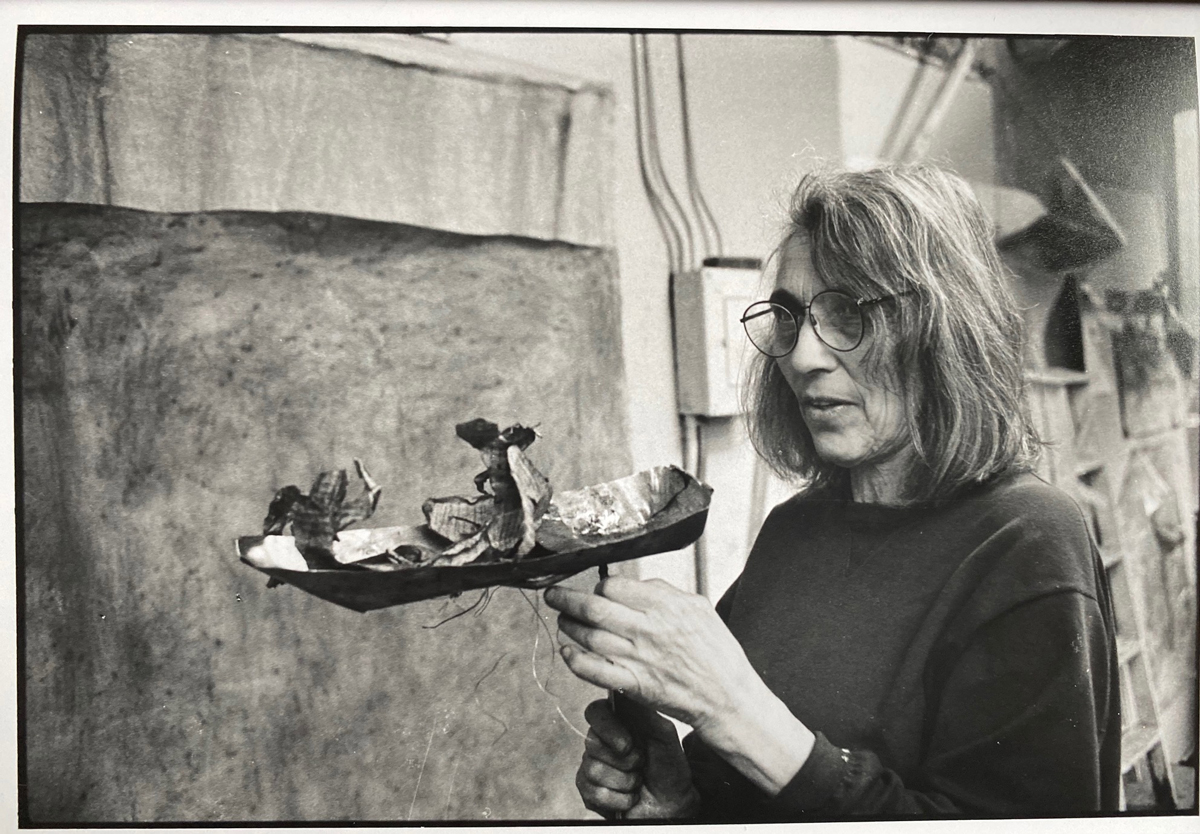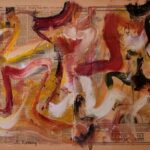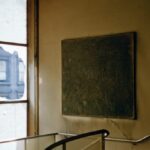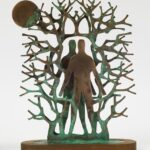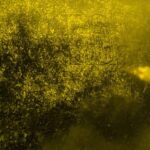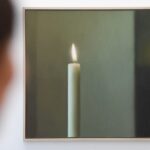June Leaf, a beloved artist whose beguiling, unclassifiable works explored the limits of the human body, died on Monday in New York at 94. The New York Times reported that she had been battling gastric cancer.
References: this article is based on content originally published by
Alex Greenberger on ARTnew. You can read the full article here.
It is virtually impossible to boil down Leaf’s oeuvre to a specific set of interests, simply because it took so many forms: off-kilter remakes of famed art-historical images, surreal monuments to women, drawn self-portraits, mechanized sculptures of cloistered people in tiny spaces, and a whole lot more. Binding it all was a commitment to the human figure, even during times when abstraction was prized by critics.
References: this article is based on content originally published by
Alex Greenberger on ARTnew. You can read the full article here.
Although Leaf’s work almost always generated acclaim, she never fit cleanly within the dominant artistic modes of the moment, and that may have cost her greater visibility. But she seemed not to care much whether people knew how to categorize her.
References: this article is based on content originally published by
Alex Greenberger on ARTnew. You can read the full article here.
For some, Leaf’s art was most significant because it was so invested in the possibilities of figuration. “What constitutes June Leaf’s genius,” critic Barry Schwabsky once wrote, “also makes her something of a throwback or an anomaly, an artist whose work looks back, through that of Giacometti and Picasso, to the primitive impulse to make images.”
References: this article is based on content originally published by
Alex Greenberger on ARTnew. You can read the full article here.
Leaf herself may have concurred with that statement, telling Hyperallergic in 2016, “I work with these figures until I am released from them. At least, I think that is how it goes. I’ve been making art since 1948, and I haven’t got a smooth theory.”
References: this article is based on content originally published by
Alex Greenberger on ARTnew. You can read the full article here.
Among Leaf’s most well-known works are her sculptures that jump into motion when activated by their viewer. Some of these works contain triggers that, when pulled, enact quotidian scenarios—a woman walking, for example, represented here by a plainspoken cut-metal figure. Others took the form of scrolls that can be turned using a crank. Still other pieces zeroed on specific body parts: hands, heads, torsos, and the like. Leaf’s goal, as she once stated, was to “make people, from the inside out.”
References: this article is based on content originally published by
Alex Greenberger on ARTnew. You can read the full article here.
Asked once about her fascination with the body, Leaf seemed to suggest it was intimately related to her experiences as a dancer. “I think of myself as a dancer making art,” she said. “Or an aviator making art.”
References: this article is based on content originally published by
Alex Greenberger on ARTnew. You can read the full article here.
June Leaf was born in 1929 in Chicago. She said her earliest artistic memory dated to when she was 3 years old, when she was playing with a piece of fabric and decided she was going to make everything with her hands. Then she asked her mother to draw her a shoe, and the resulting image instilled in her a love for drawing.
References: this article is based on content originally published by
Alex Greenberger on ARTnew. You can read the full article here.
When Leaf was 18, she attended the Institute of Design at the Illinois Institute of Technology, where she learned experimental drawing strategies engineered by artist László Moholy-Nagy, who had founded the school. Although she thrilled to the techniques being taught, she found herself more interested in the artists who visited school than the actual classes, so she left the Institute, planning to become an artist herself.
References: this article is based on content originally published by
Alex Greenberger on ARTnew. You can read the full article here.
She set off for Paris in 1948. There, much to her own surprise, people began to praise her work, emboldening to take up more experimental projects, such as a painting done on the tiles of a bathtub. Some thought she was mentally unwell—she was not, as a psychiatrist confirmed—but she plugged on, realizing she had now found her calling.
References: this article is based on content originally published by
Alex Greenberger on ARTnew. You can read the full article here.
Leaf then returned to Chicago, where her work began to receive local attention from artists such as Leon Golub, who personally confirmed to Leaf’s mother that she was on the right track. Leaf ultimately received an MA from the Institute in 1954. Four years later, she received a Fulbright grant and went to Paris a second time. She took life classes at the Louvre, but she feared inadequacy in the face of the Old Masters she was copying.
References: this article is based on content originally published by
Alex Greenberger on ARTnew. You can read the full article here.
In 1965, Leaf made her first sculpture, Vermeer Box, a three-dimensional re-creation of an actual Vermeer painting with some contemporary additions, including a coin. “I couldn’t make that in painting, so I had to try to use some other dimension,” Leaf told Hyperallergic. “That defines why I work with materials. I am a painter who had to have a tactile experience with the world. I had to go a circuitous route to get to what I am – a painter.”
References: this article is based on content originally published by
Alex Greenberger on ARTnew. You can read the full article here.
That decade, Leaf met photographer and filmmaker Robert Frank, who by that point was already famous. They married in 1971. Frank subsequently sent Leaf on a mission to find for them a home in Nova Scotia, and she located one in Mabou, where they remained based for the entirety of their careers. (They had two children, Andrea and Pablo, and remained married until Frank’s death in 2019.)
References: this article is based on content originally published by
Alex Greenberger on ARTnew. You can read the full article here.
Although Leaf had a Museum of Contemporary Art Chicago survey in 1978, her work has largely not received widespread recognition. A modestly scaled 2016 survey of her drawings at New York’s Whitney Museum is one of the few significant institutional shows Leaf has had in recent years.
References: this article is based on content originally published by
Alex Greenberger on ARTnew. You can read the full article here.
Much of Leaf’s art was dedicated to finding new ways of seeing the world, a project she made literal in a group of sculptures that take the form of eyeglasses. But whereas eyeglasses are intended to clarify vision, Leaf’s sculptures distorted sight, putting yellow cones or mirrors where the lens might typically be.
References: this article is based on content originally published by
Alex Greenberger on ARTnew. You can read the full article here.
“I think of myself as an inventor,” Leaf once said. “Even though I’ve never really invented anything, except maybe the glasses.”
References: this article is based on content originally published by
Alex Greenberger on ARTnew. You can read the full article here.
